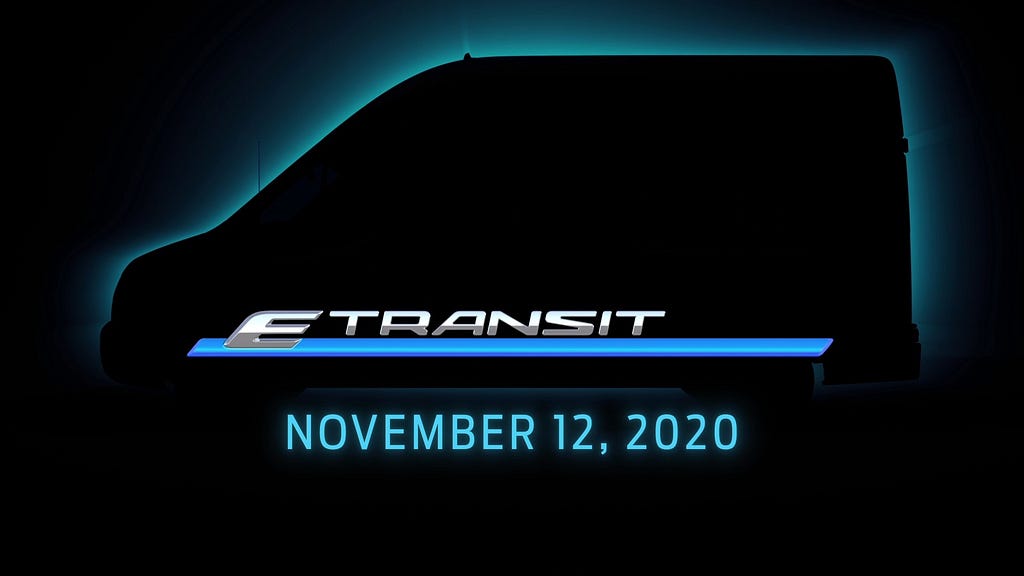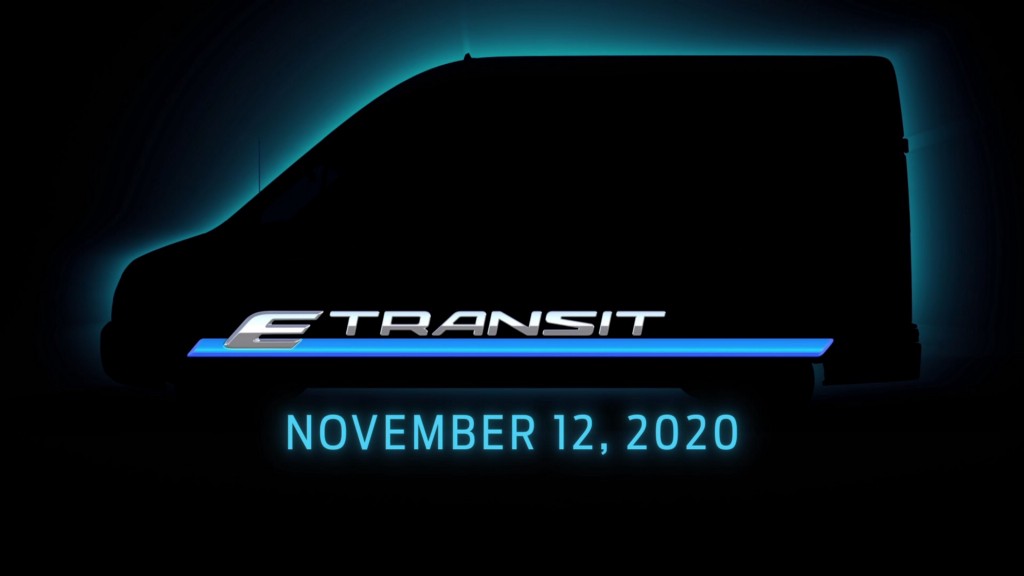By Mark Kaufman, Global Electrification Director, Ford Motor Company

I’ve been fortunate to travel the world and work on all five continents supporting Ford Motor Company. One of the things I love most is hearing how younger team members and our customers feel about issues that affect our business. It’s incredible to witness just how engaged our younger generation is on issues involving the environment — and their passion for wanting to improve the state of our world. Electric vehicles especially are getting a lot of attention as a way to help make the world a healthier, greener place, and it’s clear they have a huge role to play in our future.
Every time I go to the door to take delivery of a package, I start thinking about the impact electric vehicles can have on the process of moving goods through that last mile and to our homes. In our own surveys at Ford*, we’ve seen consumers’ desire to leave the world in a better state. Customers across the globe are extremely likely to say they often consider the environmental impact of these delivery services.
COVID-19 has accelerated the growth in e-commerce sales, and deliveries are skyrocketing. They increased roughly 32 percent in the first quarter and 44 percent in the second quarter of 2020, according to the U.S. Department of Commerce. As demand for home and business delivery grows, cities around the country — including Los Angeles and Seattle — are pledging to create emissions-free zones in an attempt to curb greenhouse gases. So how do we accommodate the increasing demand for delivery with our climate goals?

We also are committed to meeting the mandates of the Paris Agreement and California’s own goal of reducing greenhouse gases, as the world is counting on leaders like Ford to get this transformation to cleaner mobility right, smart and safe. So we set out to see how people might adjust their purchase behaviors to achieve these climate goals. As part of our survey — which polled participants in the U.S., Germany and the U.K. — we wanted to get a sense of where the average person is on this issue, whether they are thinking about it at all and how willing they are to make the switch to greener delivery services. Here’s what stood out to me:
People care about their carbon footprint. More than 60 percent of Americans and 68 percent of Brits care about the environmental impact of goods being delivered to their homes. That’s a 12 percent increase in the U.S. alone since earlier in the year.
People are open to electrified delivery services. In all three countries, it’s no surprise that more than half of respondents say they’d choose a green delivery service over a gas-powered one if price and arrival times were the same, with 54 percent in the U.S. and nearly 60 percent in the U.K. saying so.
People are ready to wait longer for green deliveries. Even if they have to wait longer for a delivery via zero-emissions vans, nearly half of Americans and Brits say they would do so.
This is why we’re investing more than $11.5 billion in electrification at Ford, on everything from hybrids and plug-ins to all-electric vehicles. We’re electrifying our biggest brands — from the exhilarating Mustang Mach-E arriving soon to the work-ready all-electric F-150 and Transit — to help bring down the cost of this environmentally friendly technology while also improving performance and capability for businesses and the average driver.
Luckily, we know a thing or two about supporting commercial businesses. For more than 55 years, we have closely teamed up with hardworking and visionary entrepreneurs, fleets and startups in terms of transportation, delivery and cargo requirements. And with the world’s best-selling cargo van1, we’ve staked our pride on delivering a product that helps fleets maximize the use of their vehicles, improve efficiency and increase productivity — all while enabling them to stay hyper-focused on ensuring the people they serve get a great experience.
The world — and the way we power our vehicles — is changing. But our commitment never will. It’s why the time is right for a new type of Transit, something that remains the backbone of commercial business while serving both our community and the environment. Never has there been a better time to realize that doing the right thing is good for business — ours and yours.
Tune in on Nov. 12 to see how Ford is leading the charge with the reveal of the zero-emission, all-electric E-Transit.
*Survey undertaken in partnership with Google across three key markets — U.S., U.K. and Germany, with 1,000 respondents in the U.S. and 1,000 respondents in the U.K. and Germany taking part in this independent study.
**Based on IHS Markit New Registrations data CY2014-CYE 2019, which is compiled from government and other sources and captures 95 percent of global new vehicle volumes in more than 80 countries as reported in February 2020. Transit family-based volumes of vans, wagons, chassis cabs and cutaways include Ford Transit, Transit Custom, Transit Classic and Transit Kombi. Excludes Transit Connect and Transit Courier.
